Monotypes are a printmaking technique known as the most painterly. They are unlike any other art form in that they combine the spontaneity of drawing or painting.
 |
| Monoprint by Christy Olsen, using the subtractive method |
A pulled impression from the plate without permanent incisions or markings allows the artist considerable freedom in brushwork or mark-making. Most traditional printmaking involves the creation of multiple prints by re-inking a plate that has been engraved, etched, or has permanent incisions.
A Brief History
Monotypes were first used in the 17th century by Giovanni Benedetto Castiglione (1609–1664), a great innovator in printmaking. He used a subtractive or "dark field" process, beginning with a dark tone and making marks to produce lights—a favored approach for many monotypes1.
 |
| David With the Head of Goliath by Giovanni Benedetto Castiglione, ca. 1655. Monotype in brown oil pigment on laid paper, collection National Gallery of Art, Washington, DC. |
The Process
The artist directly applies water—or oil-based ink onto a blank, smooth, non-absorbent glass, plexiglass, metal, or gelatin plate. The surface is worked to create an image, where they may add or remove any wet ink.
The additive, or light-field method, involves painting an image by adding or building up pigment or ink onto the plate. The subtractive, or dark-field method, involves covering the entire plate with a thin layer of pigment. The artist then works out the image by removing some of the pigment, using brushes, rags, sticks, or other tools.
The drawing or painting is transferred onto paper when the plate is pressed against the paper using a printing press or a by-hand transfer process that does not require a printing press. Once transferred, the finished work becomes a mirror image of the plate.
Monotypes and monoprints are sometimes used interchangeably because they both involve the transfer of ink onto paper using a by-hand transfer process or a printing press. However, a monotype produces only one image, as the phrase "mono" suggests.
Once the ink is gone by the application of pressure, the drawing or painting is gone, absorbed, or removed during the initial pressing or transfer process. The drawing or painting may not be replicated, and any duplicates would be considered inferior to the original.
Reference
- Camhy, Sherry. (2017, winter). Painterly Prints: Monotype and Monoprint. Drawing Magazine. p. 20.


